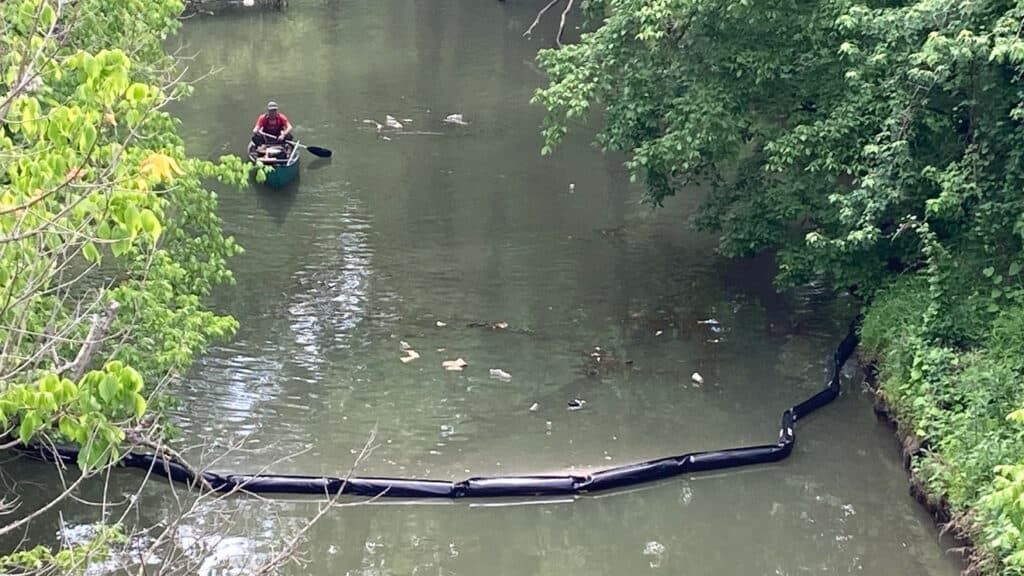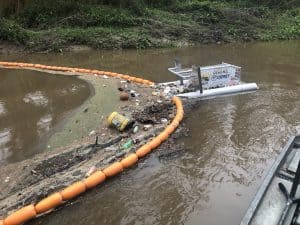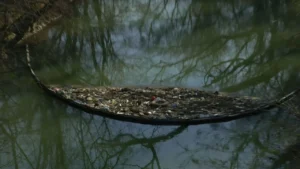
CHATTANOOGA, Tenn. — One of Chattanooga’s most historically polluted creeks now has dedicated community support to help keep it clean.
A floating boom will work to keep Chattanooga Creek clean by catching litter and other debris.
The device is located between the RiverWalk and railroad trestle, and it works by collecting litter as close to the source as possible.
Mary Beth Sutton, executive director of WaterWays, says the floating boom will provide valuable data about the creek’s water quality.
This boom is the first of its kind to appear on a body of water in Tennessee.
It was paid for by an Urban Waters 5 Star Restoration Grant through the National Fish and Wildlife Foundation, secured by local non-profit WaterWays.
A major remediation project in Chattanooga Creek between Workman Road and the confluence of Dobbs Creek completed in 2008 by the Tennessee Department of Environment and Conservation (TDEC) helps ensure there are no lingering direct contact hazards with the water due to its industrial past.
Interns from the UTC Department of Biology, Geology and Environmental Science will be monitoring microplastics up and downstream of the boom.
While there are places along the bank with foundry sand, bacterial impacts due to sewer overflows and agricultural runoff are the biggest concerns in the creek.
TDEC officials caution the same for Chattanooga Creek as with any urban stream: practice good hygiene, don’t expose any open sores to the water, and wash your hands.
While the water is not potable, it is fine for paddlers and other similar recreational purposes.
This story originally appeared on News Channel 9. You can view the original story online here.



